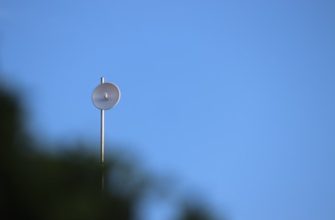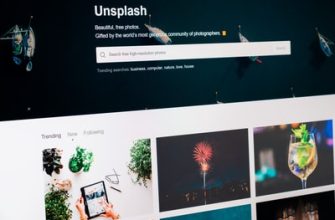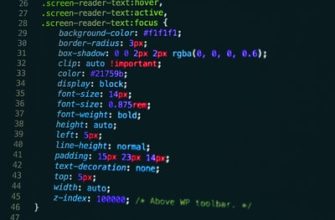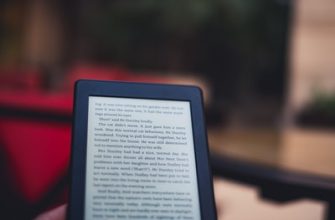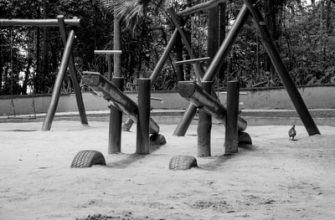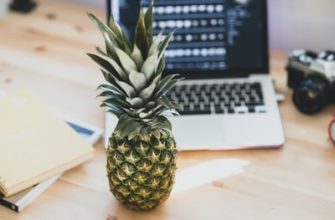How to Use the Canonical URL Element in Search Engine Optimization (SEO)
If you want to get the most out of your search engine optimization (SEO) efforts, you need to know how to use the canonical url element. This element is defined in the RFC 6596 standard, which went live in April 2012. It is a useful way of making sure that your web page is optimized for a specific purpose. It can also help prevent duplicate content problems.
301 redirection
There are a number of different 301 redirects available to content marketers. They may be confusing. They can be used for a number of different reasons. They are especially useful when migrating a website or when there are multiple pages of similar content. It is important to choose the right one for your situation.
The first step in using a 301 redirect is to determine where you are going to redirect users. Using a 301 redirect does not guarantee that your new page will rank for the same keywords as your old page. This is why you should test out a small set of urls before making changes.
The canonical url is the right 301 redirect to use when there are two or more versions of a page. This is a great way to show users the most relevant version of a website. This will not only help your site’s SEO, but also increase user experience.
Rel=canonical link element
The rel=canonical link element is a meta tag that can be added to the header of an HTML page. It allows you to tell search engines which version of a particular URL you want to appear in search results.
Using the rel=canonical link element can help you prevent duplicate content. It is a way to signal to bots which version of a page you prefer to show in search results. In other words, you can tell the bots which version of a page you want to be indexed as the primary.

Using a canonical URL is not only useful for preventing duplicate content, but it can also boost your site’s SEO. It is important to note that it is not recommended to use multiple canonicals for the same URL. In fact, Google has advised against this practice.
A canonical can be used in conjunction with other elements, like Hreflang tags. These are special tags that allow you to target geographical areas and languages.
Multiple canonical tags on the same page
In SEO, canonical tags can be a big deal. They help the search engines determine which version of a page should be shown to users in the search results. If there is more than one canonical URL, however, the search engines may be confused.
If you have multiple canonicals, you need to find a solution. Luckily, there are a few ways to address this. Using a free SEO toolbar can tell you if your site has any duplicate content.
For example, you can check for canonicals in the head section of your pages. There are also developer tools available for most browsers. These can allow you to examine the source code of your page.
If you are concerned about duplicate content on your site, you may want to consider canonicalization. In the canonicalization process, you assign one URL to represent the master copy of a page. If you have more than one page with similar content, the search engines can be confused as to which page to rank.
Ask questions about the canonical URL
If you’re looking to improve your search engine rankings, you may have some questions about canonical URLs. These links are used to prevent duplicate content from negatively impacting your website’s search engine optimization.
Adding canonical URLs can have a significant impact on your site’s ranking. They give you more control over your online presence. They also let you focus the power of your SEO on one specific page. However, they come with their own set of downsides. So you need to know what you’re getting into before you try them.
Google has a built-in tool that will tell you whether or not your pages are canonical. It’s called the URL Inspection Tool. You can also check your sites’ canonicals using the Yoast SEO plugin.
When you’re canonicalizing pages, you need to make sure that you’re not causing more issues than you’re solving. For instance, you might decide to canonicalize your category pages, but not the first page of your list. This is a mistake that many SEOs make.

